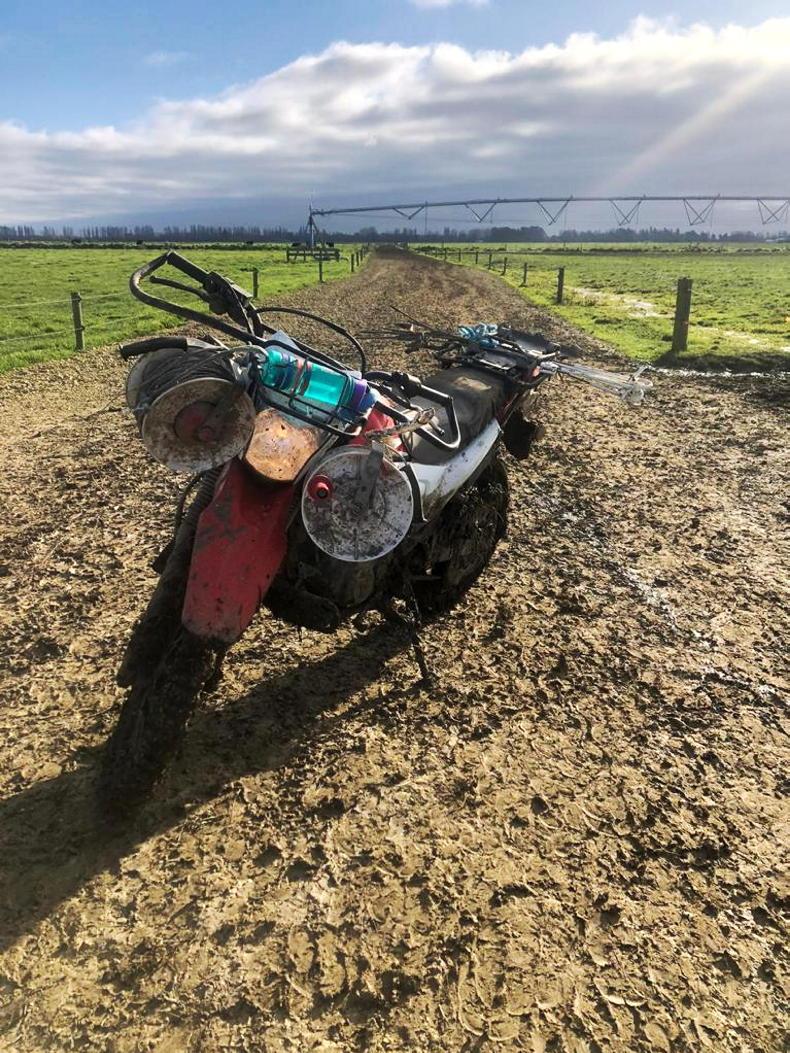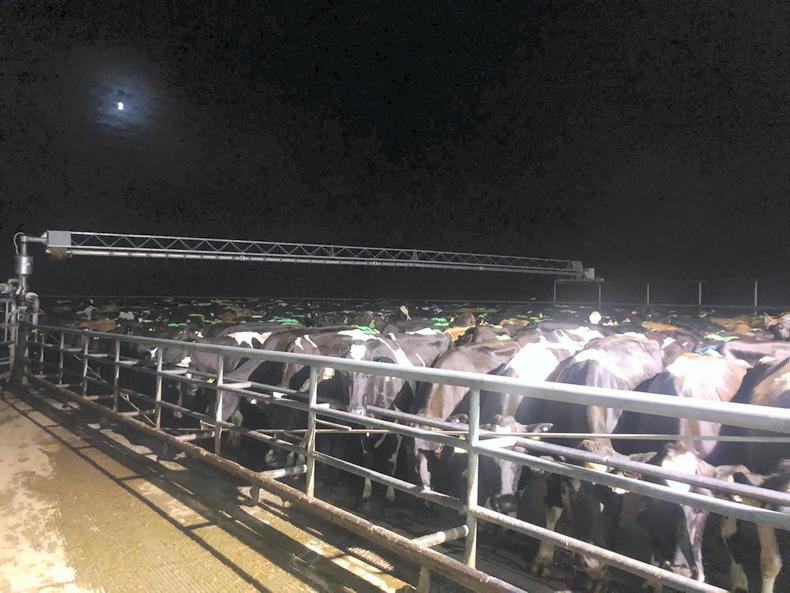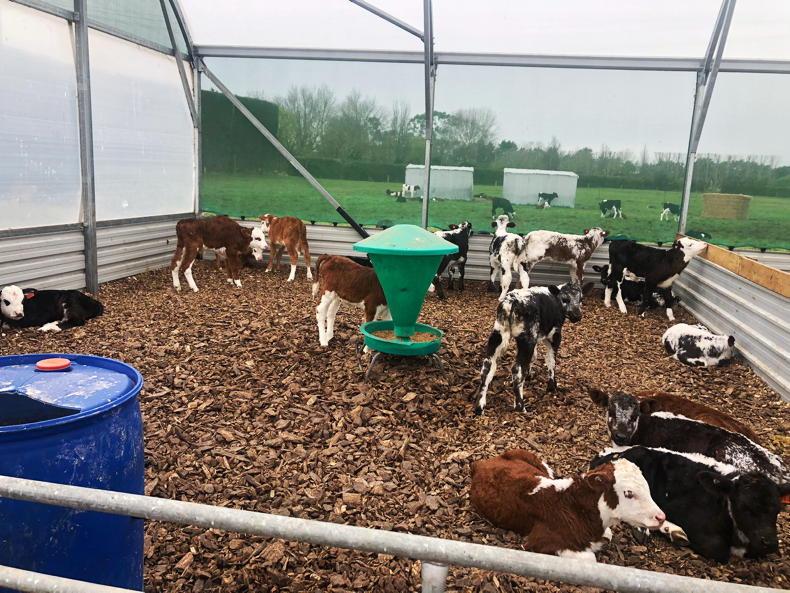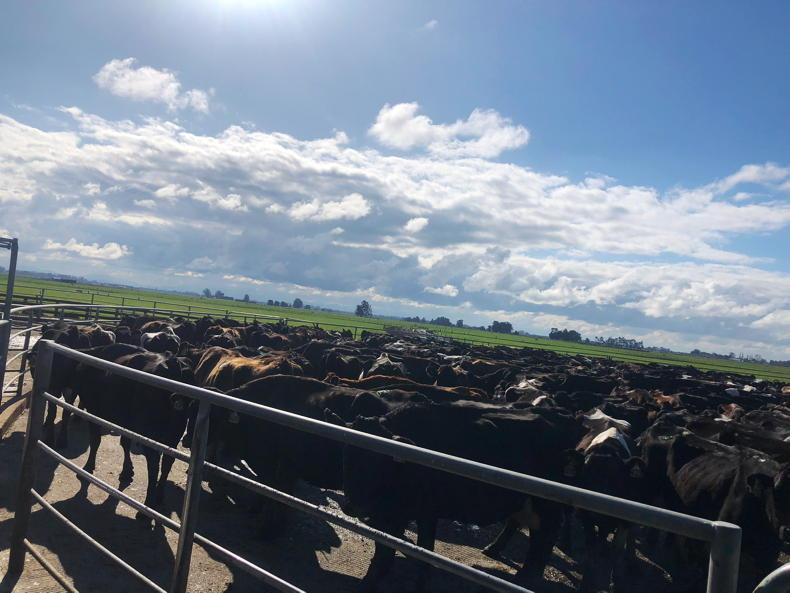Leaving Ireland's shores in July after a short stint teaching ag science in Wexford, Joan Geoghegan, a UCD animal and crop production graduate, is now preparing for her new job teaching the subject in Sydney, Australia.
However, this isn't the first of her endeavours in the southern hemisphere - the Roscommon native has been milking cows in New Zealand since arriving in July.
From a suckler, sheep and horse farm in Kilrooskey, Co Roscommon, Geoghegan graduated from UCD in 2019 and then went on to do a masters in teaching.
Before emigrating, she taught 5th and 6th year ag science students as well as Junior Cert science at St Peter’s College in Wexford town.
She will begin teaching at an all-boys Catholic school called St Ignatius' College in Riverview, Sydney, on 20 January when the kids are back from summer holidays.
This school is located on a 6ac farm, consisting of sheep, cattle, chickens and bee hives.
"After graduating from UCD, I decided to become a teacher. My mother is an ag science teacher and I thought it was a really nice way of life, so I did the professional masters in education Maynooth and graduated in 2021. I started teaching then on a fixed-term contract at St Peter's College in Wexford," said Joan.
New Zealand
After landing in New Zealand in July, Geoghegan started working on a 1,000-cow dairy farm based outside Ashburton in the Canterbury region of the South Island.
"I've always said I wanted to do a calving/breeding season in New Zealand, so myself and three of my friends decided to go together," she said.

The farm she was working on, called Wairepo Dairy, spans 235ha and is one of four farms under the Craigmore banner.
Working arrangements
"There were five of us working on the farm and during spring we worked eight days on, two days off, and we changed to eight on, three off when things calmed down a bit after calving.

"The three girls and I, even though on different farms, had the same rota, so we could go travelling when we were off.
"In the mornings, if I was on the first herd, I'd be up around 3am, depending on how far away the cows were, to bring them in. We started milking at half four every morning.
Calf rearing
For the four months while working on the farm, Geoghegan was involved in a large share of the calf rearing, which mainly involved looking after the replacement heifers.
All the heifer calves were reared and kept on the farm until three months of age before they were sent to be contract reared.
"The bull calves were fed for four days before they were sold for veal. There were a good few beef calves born on the farm as well.

"The Wagyu calves were probably the most valuable of the lot and they left the farm after two weeks of age.
"Specklepark and Hereford made up the rest of the beef calves and were kept on the farm for four days before they went to another farm to be finished," she said.
Breeding
Breeding started on 19 October and ran for around six weeks.
"We did the breeding after and during evening milkings. Any of the cows that were in heat were drafted into one part of the yard.
"In the beginning, there could have been as many as 60 cows to be AI'd. Any of the better-producing cows were given sexed semen, this was based on their genetics.

"Any of the cows who weren't very productive or didn't have desirable genetics for breeding replacement heifers were run with a Hereford bull.
"At the very end then, any of the cows that didn't go in-calf through AI were let out with Angus, Hereford and Belted Galloway bulls.
Production
This farm supplies all its milk to Synlait and is currently receiving $9.00/ms for November supplies.
"We had three bulk tanks on the farm, one was for morning milk, one was for evening milk and the other was for colostrum milk. During peak lactation, our milk was collected twice a day."
Cows peaked at 24l per day on 2.15kg milk solids and during this time they were on 25kg DM/head.
"In the shed, they got 3kg of concentrates. This was broken down into 2kg of palm kernel and 1kg of grain. When they were out on grass, they were getting 13kg to 14kg and supplemented with 6kg of palm kernel and silage."






 This is a subscriber-only article
This is a subscriber-only article










SHARING OPTIONS: